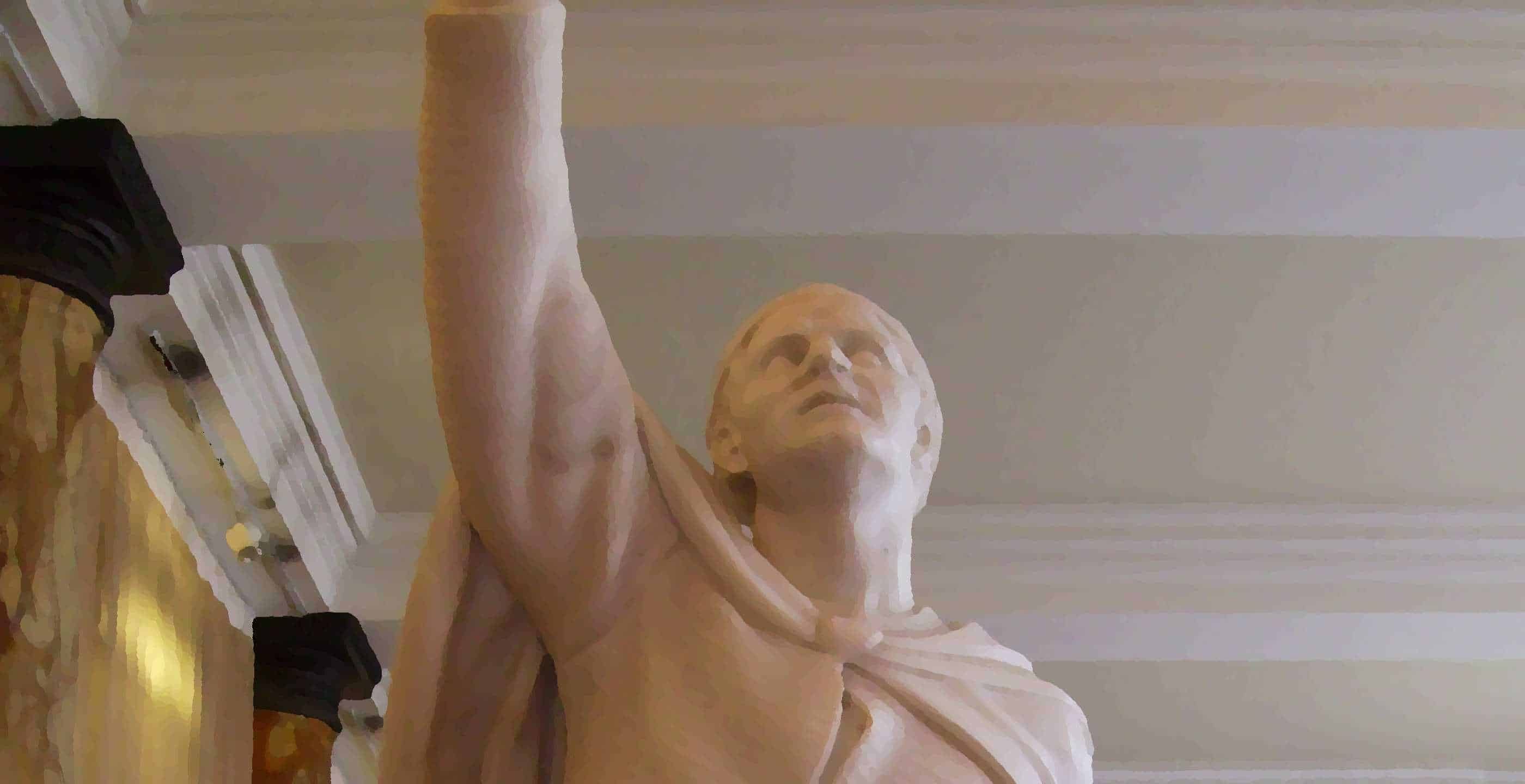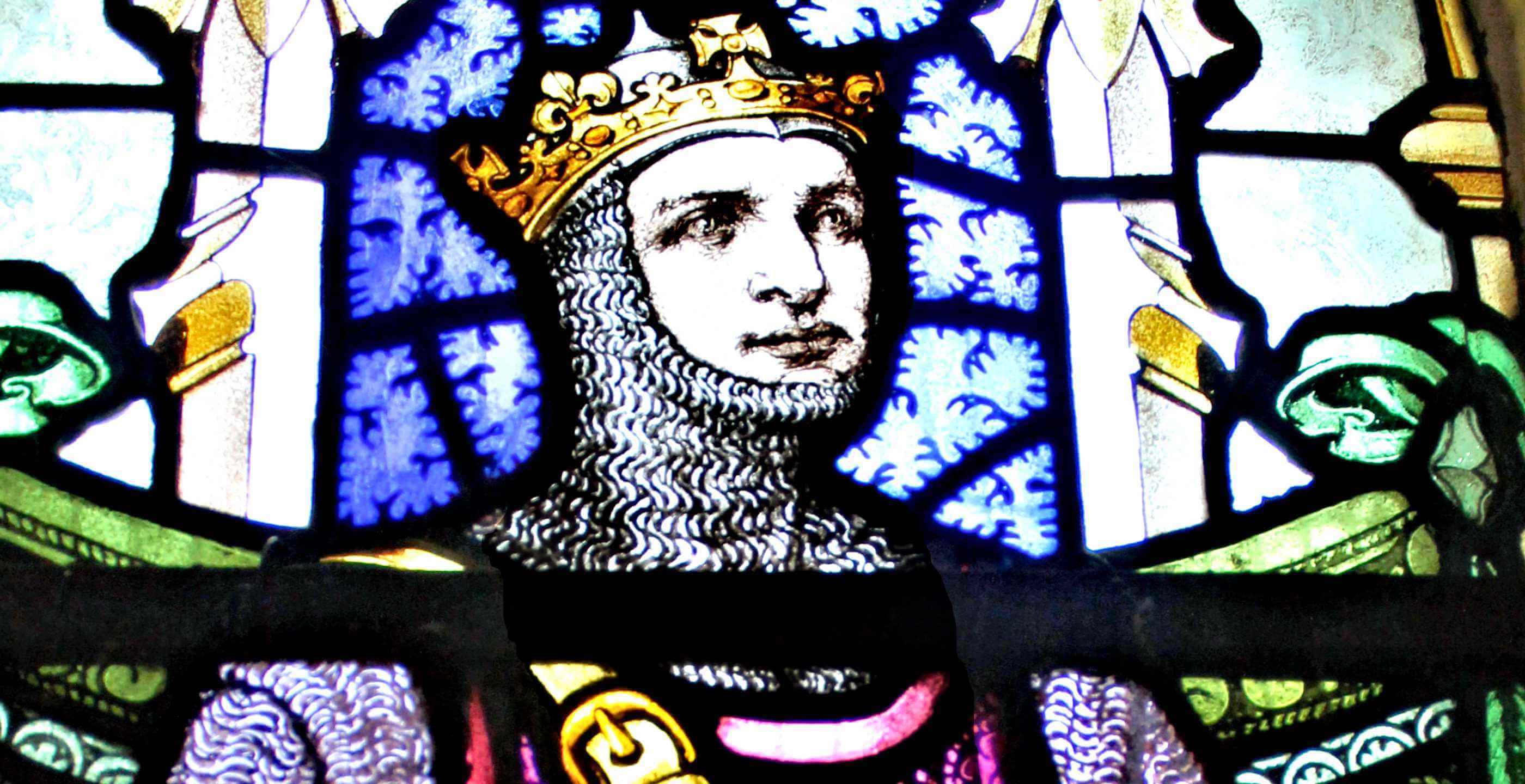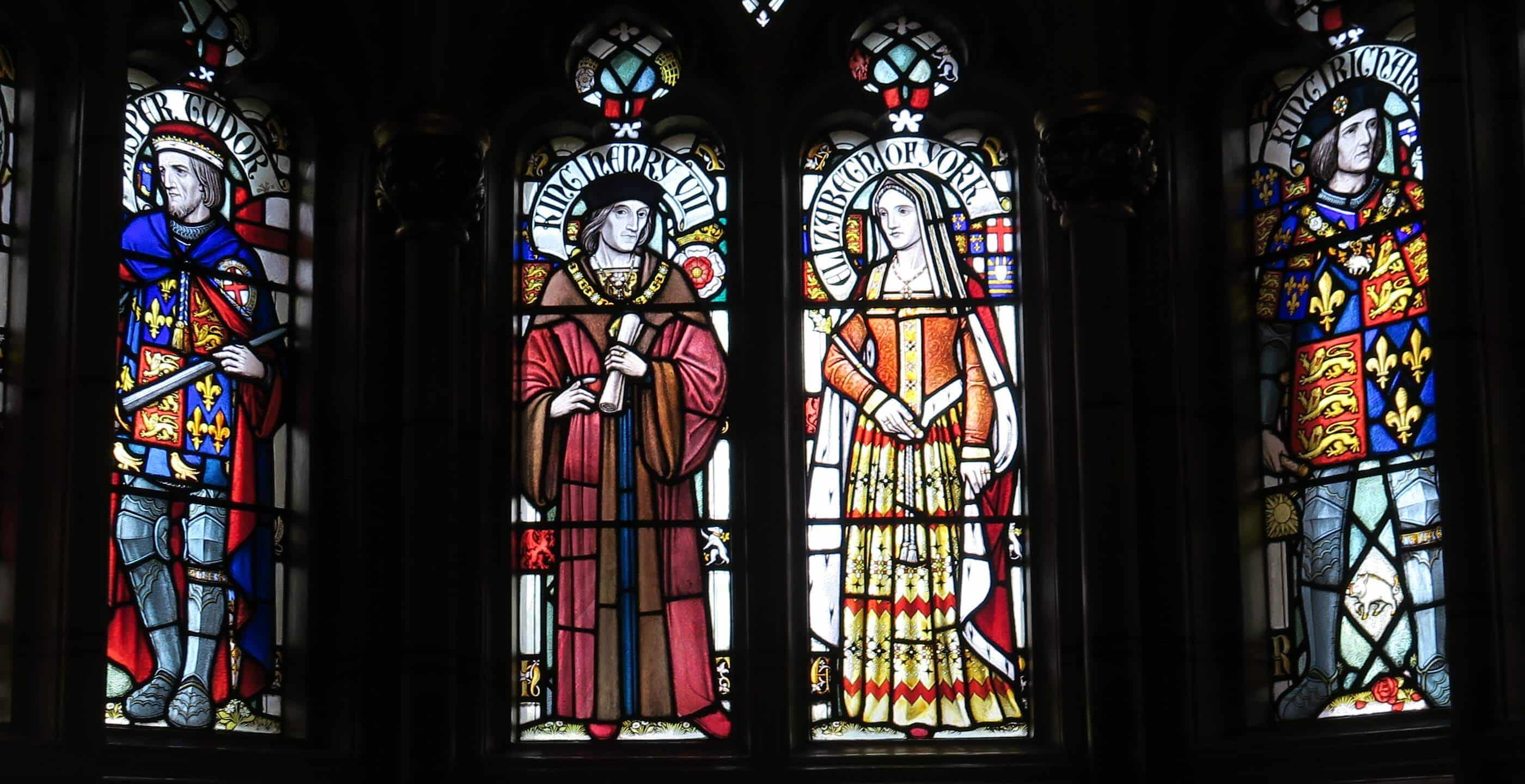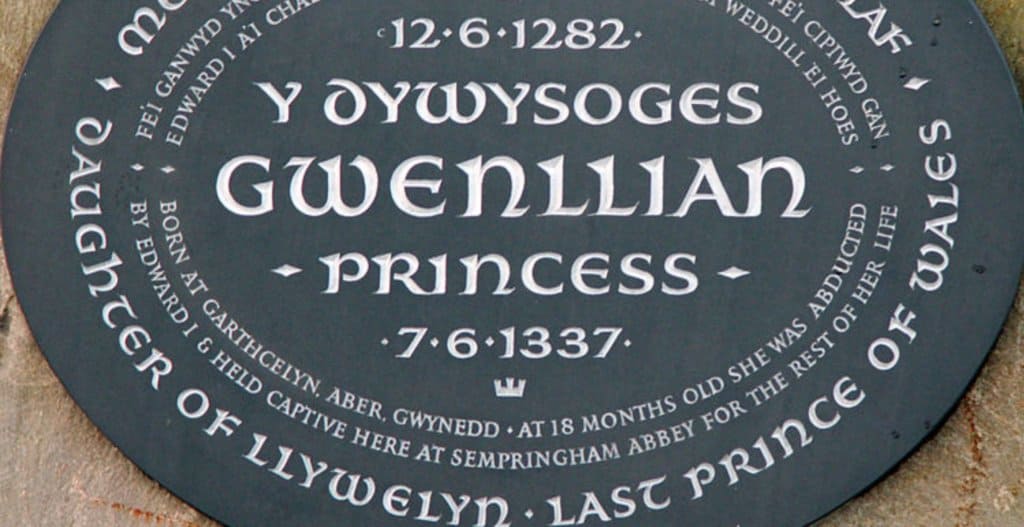After a Welsh rebellion in spring 1282 that started with an assault on Hawarden Castle, Edward I moved his armies into Wales. The ultimate aim was to conquer the entirety of Wales and reduce or eliminate the influence of Dafydd ap Gruffudd and his brother, the Prince of Wales Llywelyn ap Gruffudd.
Edward’s main thrust was from Chester in the north, whilst the Earl of Gloucester, Gilbert de Clare began to stabilise the south of Wales from Carmarthen. A third army had been formed by the Marcher Lords under Edmund Mortimer, Roger l’Estrange and John Giffard. It was this third army that fought at the battle of Orewin Bridge.
What influenced this battle?
Edward initially had a rough time of subduing the Welsh. Gilbert de Clare had been ambushed and his army destroyed in south Wales in June 1282, and then a premature attack across the Menai Strait in November 1282 resulted in another major defeat for the English armies.
Both of these attacks raised Welsh morale, and they emboldened Llywelyn ap Gruffudd to approach various Marcher Lords in mid-Wales to talk about possible alliances. At the same time, Llywelyn also had his eyes set on destroying Edmund Mortimer’s army which had recently moved in to area.
The Battle
The armies met to the north and south of Orewin Bridge on the 11th December 1282. It’s thought that the bridge was located just south of a small village called Cilmeri, near the castle at Builth.
The Welsh occupied a position just to the north of the bridge, blocking the way for the Marcher Lords’ cavalry. However, they didn’t realise that there was also a ford crossing nearby…
Indeed, the Marcher Lords were either shown or found this crossing, and they sent a large proportion of their infantry over it to flank the Welsh lines. This would prove decisive as the massed archers and infantry were extremely effective against the tightly packed spearmen of the Welsh.

Repeatedly skewered by English arrows coming from their flank and from over the river, the Welsh retreated (very hastily) up towards a hill, which left the bridge undefended. The English cavalry crossed safely and were able to overrun the remaining spearmen from behind. The rear attack broke the Welsh, who fled.
Fortunately for the Marcher Lords, Llywelyn ap Gruffudd was absent from the initial battle. However, he was soon found dead in a field nearby. There are some who believe that he was betrayed, although it seems likely that he heard the noise of the battle while riding off to negotiate with local lords, came rushing back, and a small group of English cavalry ran him and his retainers through with their lances. It’s also possible that one of the Marcher Lords lured him away to “negotiate” and promptly attacked once he was separated from his army, but this is mostly speculation.
Shortly after the battle, Llywelyn’s head was separated from his body and sent as a gruesome Christmas present to Edward, who naturally put the already festering flesh on a spike at the Tower of London.
What Happened Next?
The destruction of the army and the elimination of Llywelyn ap Gruffudd meant that the last leader capable of uniting the Welsh lords and princes was gone. Although his brother Dafydd carried on for a few more months, he too was eventually betrayed, captured and then hanged, drawn and quartered – his head was put next to that of his brother. Wales was absorbed into England, and Edward I and his successors managed to put down future rebellions relatively quickly. While it wasn’t the end of Welsh resistance, it was the beginning of the end, and Welsh rebellions became less frequent.
Key Facts
| Date: | 11th December 1282 |
| War: | Second War of Welsh Independence |
| Location: | Cilmeri, Powys |
| Belligerents: | England and Wales |
| Victors: | England |
| Numbers: | England: 7,300 (5,000 infantry, 1,300 cavalry) |
| Wales: 7,160 (7,000 infantry, 160 household cavalry) | |
| Casualties: | England: Unknown |
| Wales: Approximately 2,000 | |
| Commanders: | England: Edmund Mortimer |
| Wales: Llywelyn ap Gruffudd |





